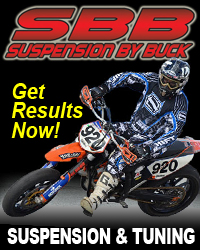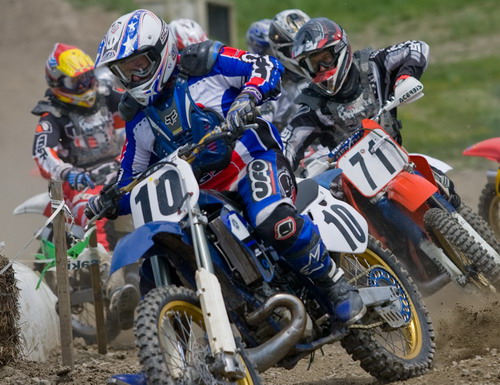Does Your Back Hurt?
Exercise Is Key to Low Back Pain Prevention
Strengthen your core muscles to enhance physical function.
 Up to 30 percent of all Americans experience the decreased quality of life, physical functioning and depression associated with daily back pain, according to the American Pain Foundation. It’s particularly common in older adults, as increasing age, a lifetime of improper body mechanics, and wear and tear impact spine health.
Up to 30 percent of all Americans experience the decreased quality of life, physical functioning and depression associated with daily back pain, according to the American Pain Foundation. It’s particularly common in older adults, as increasing age, a lifetime of improper body mechanics, and wear and tear impact spine health.
A typical response to back pain is often to do nothing - ceasing any kind of strenuous physical activity and staying in bed-but in the longer term this can undermine healing. The opposite approach-surgery to treat the age-related wear and tear that underpins most low back pain in older adults-can mean invasive procedures that result in a long recovery period. “Surgery should be the last option,” says Luke Madigan, MD, an attending physician at Knoxville Orthopedic Clinic and lead author of a recent review recommending physical therapy for back pain, “but too often patients think of it as a cure-all and are eager to embark on it.”
PROACTIVE REHABILITATION. But there is a middle ground call “active rehabilitation”-exercise that strengthens the muscles that support the spine.
A study led by Dr. Madigan, published in the February 2009 issue of The Journal of the American Academy of Orthopedic Surgeons, found that 90 percent of patients with low back pain arising from degenerative disc disease (an age-related condition in which the spinal discs that form a cushion between each vertebrae break down) recover with the aid of conservative treatment or without any treatment at all within 6 to 12 weeks. However, the study concluded that the most effective treatment is a combination of physical therapy and nonsteroidal anti-inflammatory drugs (NSAIDs) such as ibuprofen (Advil, Motrin).
A second review, in the Feb. 13, 2009 issue of The Spine Journal, also suggests exercise is effective at preventing back problems from recurring. “Strong and consistent evidence finds many popular prevention methods to fail while exercise has a significant impact, both in terms of preventing symptoms and reducing back pain-related work loss,” says lead researcher Stanley J. Bigos, MD, University of Washington professor emeritus of orthopedic surgery and environmental health.
CORE SUPPORT SYSTEM. The fact that new studies found exercise so effective underlines the importance of core muscle strength when it comes to protecting and supporting the back, and reducing pressure on the vertebrae. It’s the transversus abdominus and multifidi (the deepest layer of abdominal and back muscles, respectively) that carry out this function. However, in older adults these muscles often are weak due to lack of exercise and habitual slumping that leaves them in a state of constant relaxation.
Previous studies have suggested that patients with low back pain are unable to properly utilize their core muscles. The “active rehabilitation” would rebuild strength, enabling the core muscles to do their job of stabilizing and supporting the spine in order to promote pain-free movement. A physical therapist can demonstrate the most effective exercises, to teaching patients how to effectively “switch on” their core and make sure it stays that way while going about daily activities.
Weight training also may help. In a study published online Feb 7, 2009 by the Journal of Strength and conditioning Research, participants with chronic back pain who took part in a 16-week resistance training program showed a 60 percent improvement in pain and function levels compared to a 12 percent improvement experienced by those who took part in aerobic training such as jogging, walking on a treadmill or using an elliptical machine.DM*
*Duke Medicine Health News












 mx43
mx43


